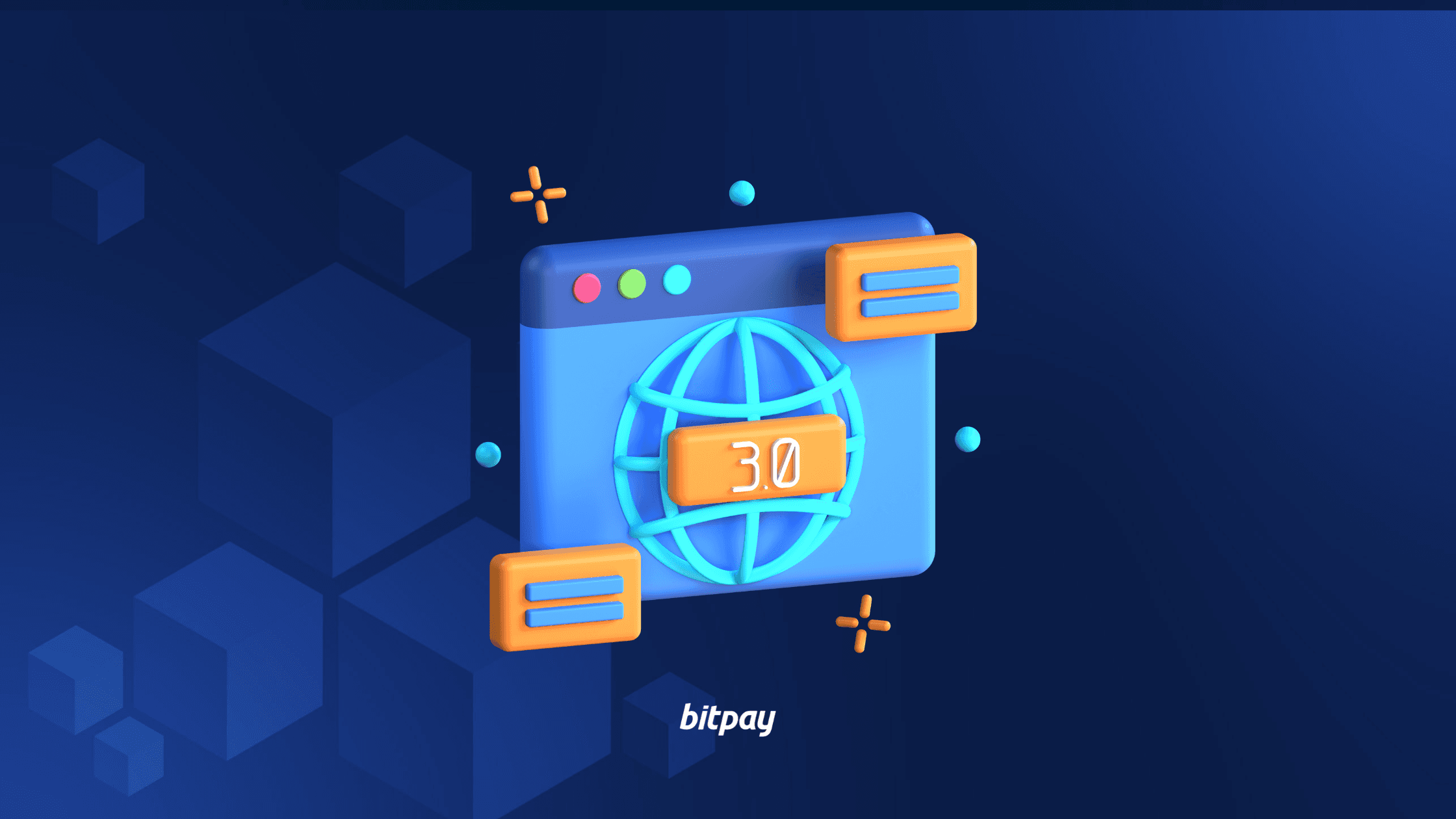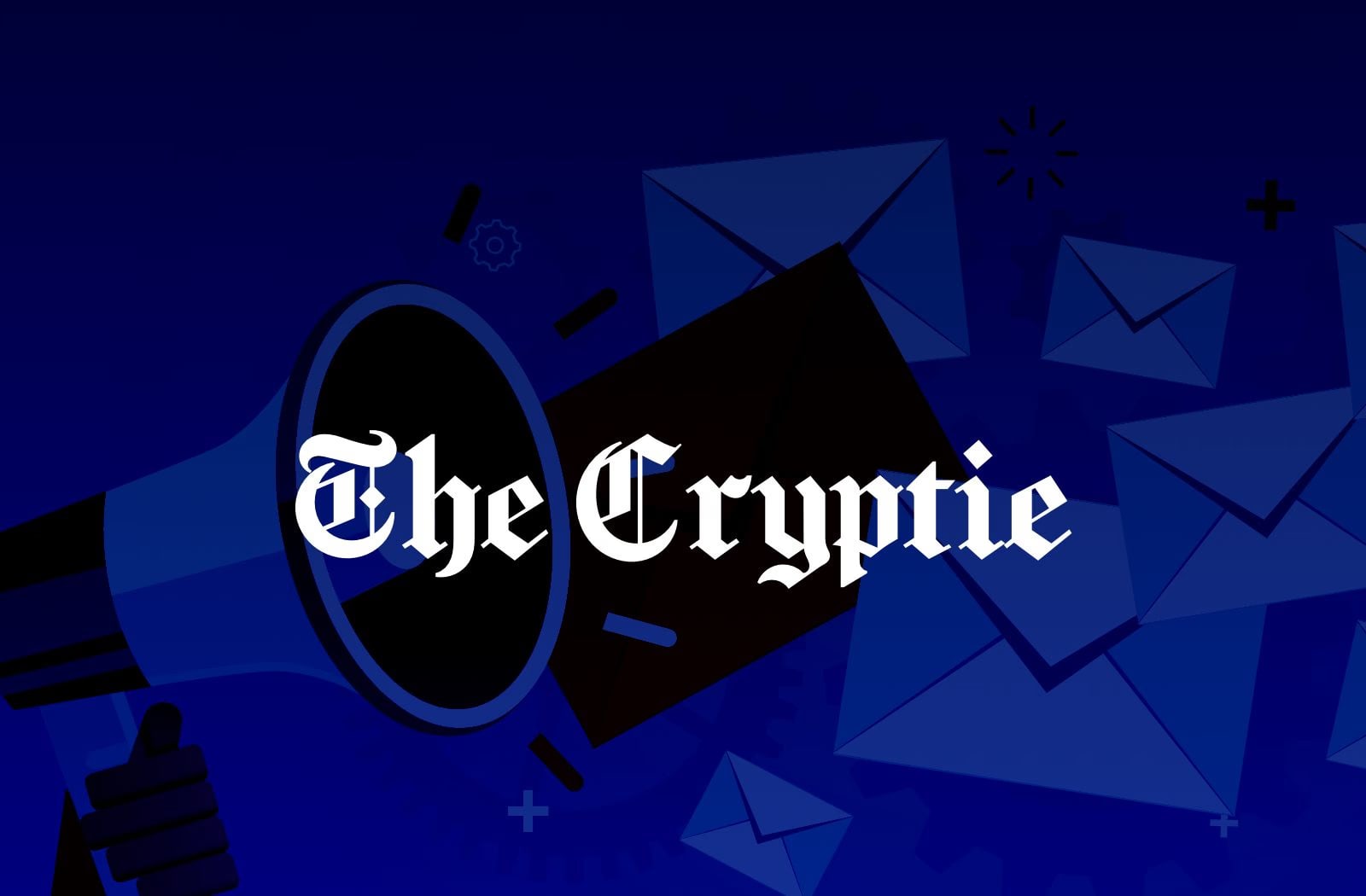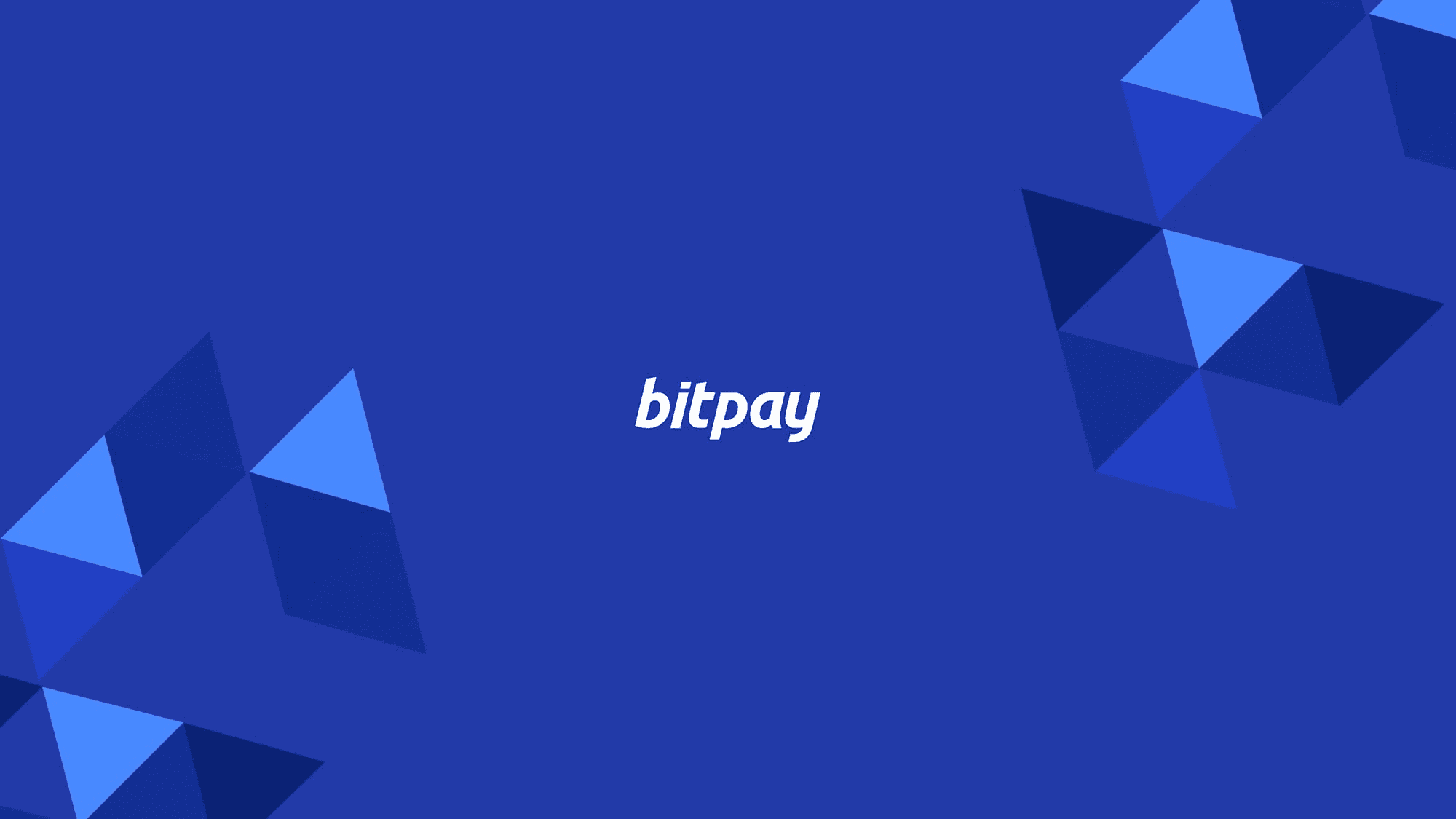December 6, 2022
What is Web3? A Guide to the Crypto-Fueled Web and How it Deviates from Web1 and Web2
The Important Bits
Web3 is the third generation of the internet that emphasizes a more decentralized and democratic experience. In the early days, the internet was simply a means of consuming information. Web1 was composed of static web pages made with raw HTML and provided limited interactivity. Then came Web2, where content creation flourished. Centralized hubs like Google, Facebook, YouTube and Twitter were the centers of massive information sharing (and data collection). As this latest incarnation takes shape, it promises to fundamentally transform our relationship with the World Wide Web, thanks to the power of the blockchain. In Web3, users can transact and share information without the need for a middleman, and with more control over their data. All with cryptocurrency being used as a means to pay, incentivize and govern on the new web.
The term “Web3” has worked its way into the collective subconscious in recent years, but many are still somewhat confused as to its meaning. So, what is Web3 anyway? And for that matter, what are Web2 and Web1? How is it all related to crypto? Those answers and more are straight ahead.
In this article
What is Web3?
Web3 (or Web 3.0) is the evolution in progress of the current form of the World Wide Web, which has come to be known as Web2. Our internet today is in many ways highly centralized, controlled in large part by giant corporations. Web3 offers an alternative, decentralized vision for the web. One ruled by its users and driven by cryptocurrency and blockchain technology.
Web3 is also an umbrella term used to encompass the various projects and technologies that support the framework of a decentralized internet. Some examples of Web3 include:
Blockchain
Cryptocurrency
Decentralized Finance (DeFi)
Decentralized apps (dApps)
Initial Coin Offerings (ICOs)
In order to understand Web3, it’s first important to get a clearer picture of the internet’s evolution over time. Depending on your age, it’s possible you never even experienced Web1, the internet’s very first incarnation. Let’s back up with a quick history lesson.
Web3 vs Web2 vs Web1
Web1: The “Read-Only” Internet
The internet’s first functioning prototype actually dates back to the late 1960s, but the first publicly available version wasn’t online until August 6, 1991. It was a watershed moment in the history of technology (even though the media barely took notice), and the start of what would come to be called Web1.
In the Web1 days, the internet was a mind-boggling novelty, but it was tricky to use, and not easily searchable. The first widely used search engines didn’t roll out until nearly 1994, and they were a far cry from Google or its peers today. Web1 was also a very one-way street, communication wise. Users had virtually no ability to create content of their own, quite a stark departure from today’s more user-centered internet. In those days, adding new content to the internet usually required programming knowledge, and/or knowing a guy who knew a guy who had access to some university or corporate web server.
Web pages were static, one dimensional, and many were rather dull in appearance. The website for the 1996 movie “Space Jam”, which has become famous as a Web1 holdover still online today, is a good example of how the internet looked in that era.
Web2: The “Read-Write” Internet
The second generation of the internet, currently in use worldwide, is Web2, which kicked off in late-2003/early-2004. Web2 marked a seismic shift in how we interact with the internet, as users became more interested in sharing information instead of just consuming it. Everything from social networking to blogs to wikis to podcasting are all Web2 innovations. The transition to the Web2 era was memorably marked by Time magazine naming “You” its 2006 “Person of the Year”, complete with a reflective surface for the reader to see themselves.
Web2 was also when the “Wild West” internet of the Web1 days became a lot more centralized as big technology firms tightened their grip. Companies invented new platforms that made it easy (and free!) for anyone to make and distribute content. But hopefully you read over those terms of service, because in exchange they would own virtually everything users create. Not to mention their data.
Web3: The “Read-Write-Own” Internet
The up-and-coming generation of the internet, Web3, is once again a radical departure from its earlier forms. Web3’s precise starting point is a little opaque, but it’s often linked to the launch of Bitcoin and its blockchain in 2009. Whereas Web2 is highly centralized, monopolized by governments and corporations, Web3 imagines an internet future that instead empowers its users.
Web3 is seeking to achieve this through openness and decentralization, with blockchain technology at its core. Advocates describe it as a more free and open internet, giving users complete control and ownership over their data, including how and where it’s used. It has the potential to up-end entire industries whose services currently require central mediators, such as banking and finance.
Comparing Web3 to Web1 and Web2
It paved the way for today’s internet, but fundamentally Web1 was experimental in nature. The infrastructure was in place, technologists knew it was possible, so they put this new thing called the World Wide Web out into the world. It was an amazing and fascinating new technology, but at that point nobody really knew what to do with it.
Web2 came around because people began wondering what else was possible. The advent of Web2 was a revolution in the sharing of information. Platforms like Twitter and YouTube turned everyone into a potential content publisher. What once required specialized knowledge and connections was now a few mouse clicks away. Sensing the opportunity in the rapidly growing market, corporations staked out their territory in Web2, leading to a more centralized internet.
In a way, the shortfalls of Web1 and Web2 are inverted. Web1 was great from a decentralization standpoint, but it wasn’t very user friendly, and publishing content was difficult. Web2 on the other hand is driven almost entirely by user-generated content, but it’s become highly centralized in nature.
Web3 looks to improve on its predecessors by giving users the freedom not just to create content, but to develop apps or form entire communities determining the future of projects they believe in. All while breaking down many of the walls erected in the Web2 era, and wresting control of user data from governmental and corporate interests.
Crypto and Web3
Cryptocurrency and Web3 are closely intertwined, and the two are often mentioned together. Both share blockchain technology as a common backbone. Protocols such as decentralized applications (dApps) require crypto for rewarding and incentivizing participants. In the case of decentralized autonomous organizations (DAOs), another popular Web3 use case, users must stake project tokens to take part in community governance votes.
Decentralized Finance (DeFi) is an active subsector of the Web3 universe. DeFi includes a vast ecosystem of blockchain-based protocols and solutions. This includes innovations like decentralized exchanges (DEXes), peer-to-peer lending, borrowing and staking, tokenizing synthetic assets and nonfungible tokens (NFTs), essentially blockchain-based deeds/certificates of authenticity.
How to get started with Web3
There are a number of on-ramps to the world of Web3. Technically speaking, if you own cryptocurrency, you’re already participating in Web3. This means you may already have access to a massive unexplored world at your fingertips, depending on the tokens you hold. Some other ways you can get started using Web3 include:
Use a Web3 browser
Web3 browsers provide all of the features you’d expect from any other web browser, but they allow users to connect to Web3 services and protocols. Some popular Web3 browsers include Brave, Osiris and Opera.
Create a Web3 wallet
Similar to regular crypto wallets, Web3 wallets allow users to interact with their funds on the blockchain. Where they differ is in their ability to interact with Web3 features like smart contracts and NFTs. Most Web3 wallets are self-custody, meaning you retain complete control of your private keys at all times. A few well-known options include MetaMask, Phantom and Trust Wallet.
Explore dApps
Decentralized apps (dApps) are open-source, public blockchain-based applications capable of functioning without human intervention. They can be accessed through virtually any Web3 wallet, spanning a broad range of categories including gaming, finance, development, social, energy and many more.
Join a community/DAO
Decentralized autonomous organizations (DAOs) are self-governing communities formed around advancing a project, protocol or another shared goal. All that’s required for membership is owning some of the project’s native token, but be aware the weight of your vote will depend on the size of your stake. As always, make sure to do your research before investing money in any project.
Note: All information herein is for educational purposes only, and shouldn't be interpreted as legal, tax, financial, investment or other advice. BitPay does not guarantee the accuracy, completeness, or usefulness of any information in this publication and we neither endorse, nor are we responsible for, the accuracy or reliability of any information submitted or published by third parties. Nothing contained herein shall constitute a solicitation, recommendation, endorsement or offer to invest, buy, or sell any coins, tokens or other crypto assets. BitPay is not liable for any errors, omissions or inaccuracies. For legal, tax, investment or financial guidance, a professional should be consulted.





